How to Fix Ntoskrnl.exe BSoD on Boot Camp
It’s not just Windows PCs that face the dreaded Blue Screen of Death (BSoD). The critical error can also occur on Mac computers when running Windows in Boot Camp.
This is a Mac utility and set of drivers that Apple provides to give users a dual-boot setup, where you can choose to start macOS or Windows when booting.
When using Windows on Boot Camp, one of the most common BSoD errors relates to ntoskrnl.exe. This core system file stands for NT Operating System Kernel. It is responsible for various essential functions in Windows, including managing system resources and functions, memory, file access and communication with hardware devices, and even security.
When this executable fails, the entire Windows is rendered unusable, and the system must restart. On Boot Camp, you have the option to reboot into macOS or try to fix the problem within Windows.
What does a Ntoskrnl.exe BSoD look like?
Several different blue screens may occur when ntoskrnl.exe fails. On Windows 10 and 11, there may be no indication that ntoskrnl.exe was at fault, as it is not listed as a stop code. However, if the file is completely missing, you will be dealt with a blue screen that reads:
Your PC/Device needs to be repaired. The operating system couldn’t be loaded because the kernel is missing or contains errors.
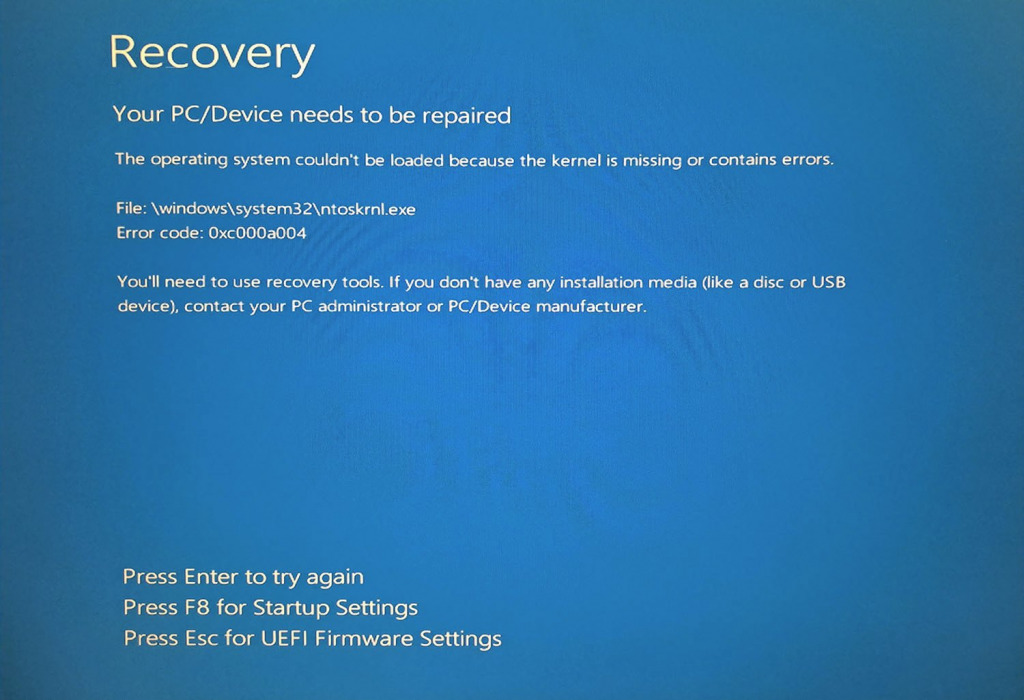
\WINDOWS\system32\ntoskrnl.exe
Older versions of Windows display much more complex BSoDs but will often include ntoskrnl.exe if it is related to the error.
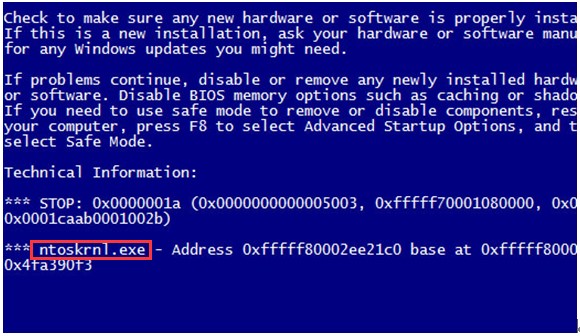
Why does Ntoskrnl.exe BSoD occur?
Several factors can lead to this type of BSoD, and it’s important to diagnose and resolve the specific issue. When using Boot Camp, all the same errors that can occur on a regular Windows PC apply. Here are some common reasons for Ntoskrnl.exe BSoD errors:
- Corrupted System Files – Damage or corruption in the Windows system files, including Ntoskrnl.exe, can lead to BSoD errors. This can occur due to failed updates, hardware failure, power surges, and malware. Ntoskrnl.exe is a common malware target because it is vital for properly running the system.
- Failed Boot Camp Updates – As well as Windows Updates, Boot Camp updates can also go wrong and cause corruption and other problems leading to ntoskrnl.exe issues.
- Driver Problems – Outdated, incompatible, or corrupt device drivers can cause a BSoD. Ntoskrnl.exe may be affected if a critical system driver is causing the issue.
- Memory Issues – Memory-related problems, including faulty RAM modules or bad virtual memory settings, can cause a blue screen. Ntoskrnl.exe is responsible for memory management, so memory issues can trigger these crashes.
- Bad Overclocking – Overclocking the CPU or RAM beyond stable limits can lead to system instability, with Ntoskrnl.exe often involved.
How do I fix Ntoskrnl.exe blue screen errors?
Diagnosing and resolving ntoskrnl.exe BSoD errors takes a few steps and depends on the underlying cause.
1. Enter Boot Recovery and Run Startup Repair
Because the executable is involved with the boot process itself, you may not even be able to start Windows. If that’s the case, the first step is to enter the recovery area, if it hasn’t taken you there automatically following a restart.
1. When booting into Windows keep pressing F8 until you enter the recovery area.
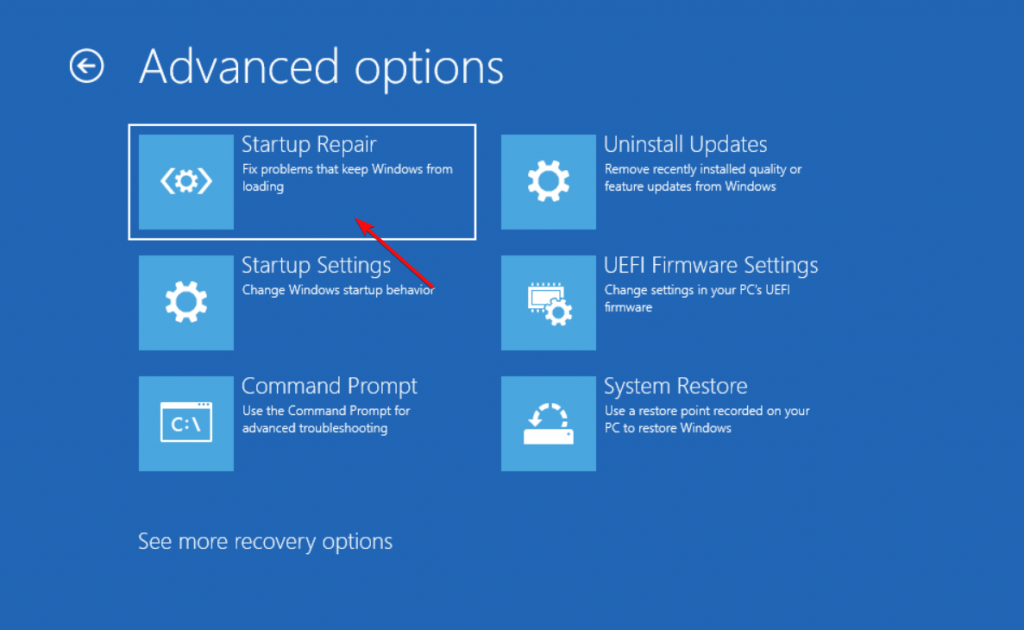
2. Navigate to Advanced Boot Options and choose Startup Repair.
3. Follow the onscreen prompts while Windows scans and attempts to fix boot-related problems.
If this doesn’t work, you can also use a restore point or run various repair utilities via the command prompt from the Advanced Boot Options area.
2. Update or Repair Boot Camp
Apple provides drivers compatible with the Mac hardware, ensuring that Windows can run smoothly on the Mac, including support for hardware components like graphics cards, Wi-Fi, Bluetooth, and more. Check you are using the latest version of Boot and make sure all your drivers are up to date.
1. You can find Boot Camp Assistant in your Utilities folder within the Applications folder on your Mac.
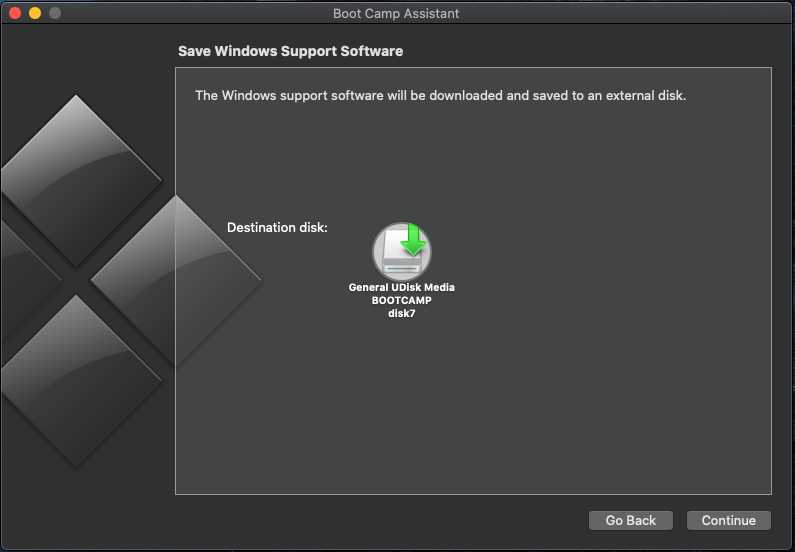
2. In Boot Camp Assistant, go to the Action menu and select Save Windows Support Software.
3. To confirm that the update was successful, you can check the Boot Camp version. Go to Menu > About This Mac > System Report > Software > Installations. Look for Boot Camp in the list of installed software.
3. Run Windows System File Checker
The Windows System File Checker scans the OS for missing or corrupted system files. You can run it from Advanced Boot Options or by typing CMD in the Start menu search bar and selecting the Command Prompt as administrator.
1. Type the following command into the window: sfc /scannow
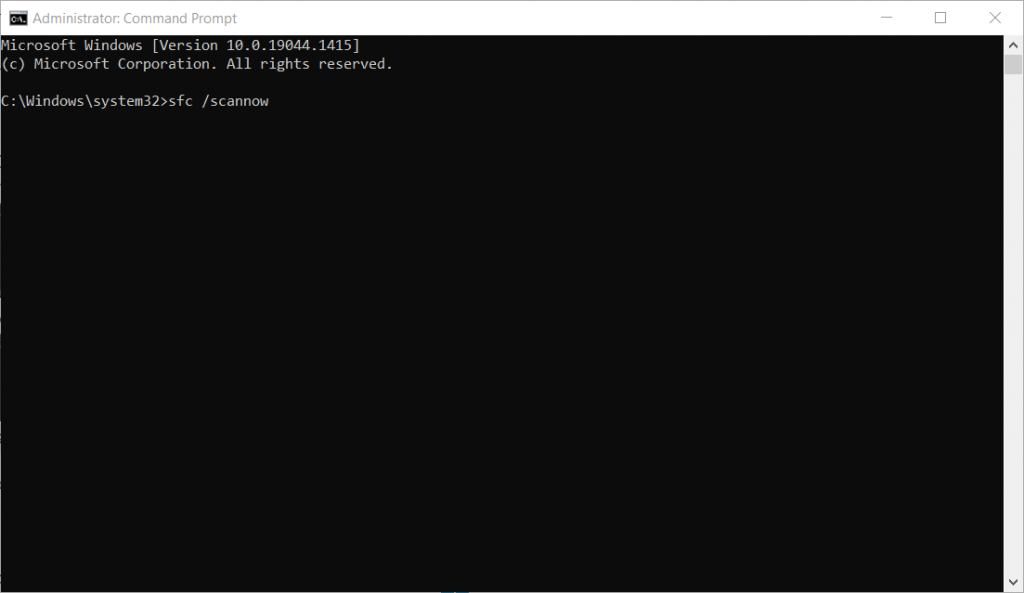
2. It will start scanning and replacing system components. Restart Windows when prompted.
4. Run DISM
Similar to the SFC, DISM fixes the Windows image and issues related to system files. In the Command Prompt, type the following command: DISM /Online /Cleanup-Image /Restorehealth
5. Run CHKDSK
CHKDSK (Check Disk) is a built-in Windows utility that is used to check the integrity of your computer’s hard drive. If there are errors on the disk, this can lead to ntoskrnl.exe and other system file corruption.
1. Open the Command Prompt and type the following command (use the correct drive letter if you do not use a C drive for the Windows installation): chkdsk C: /f
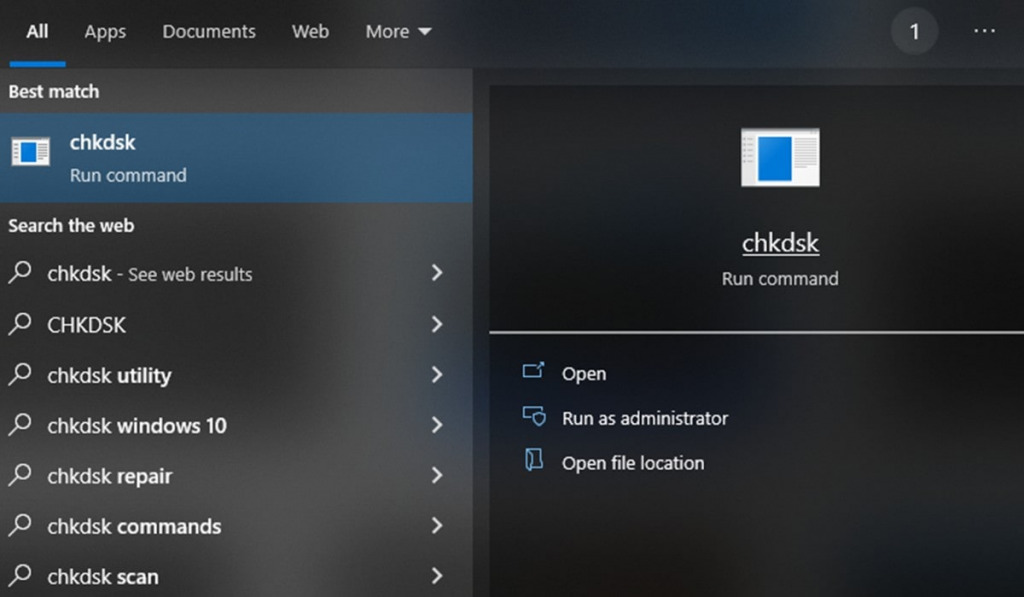
2. CHKDSK will start during the boot-up process before Windows loads. It will display its progress and any errors it finds.
Note: Serious issues may require hard drive replacement before you can run Windows in a stable manner.
6. Run Windows Memory Diagnostic
Ntoskrnl.exe is involved with Windows memory-related processes, so checking your RAM with the Memory Diagnostic can identify problems.
1. Press the Windows key and type Windows Memory Diagnostic.
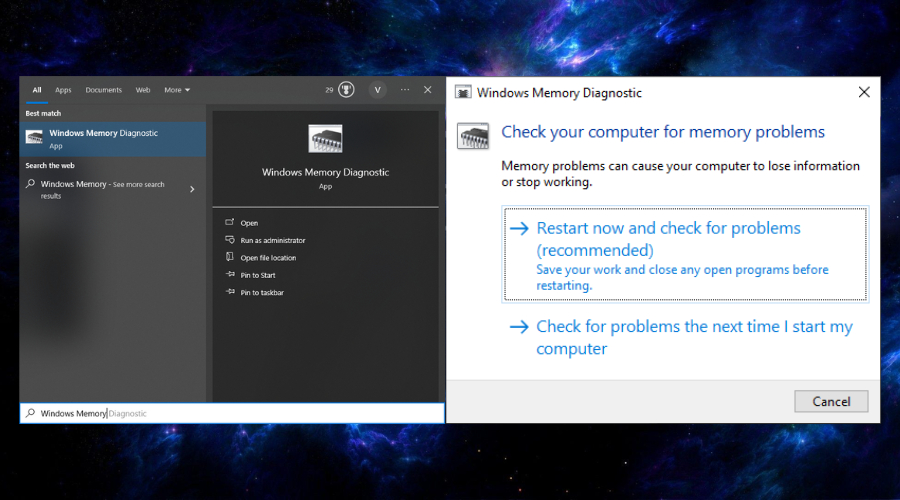
2. Click the Restart now and check for problems option.
3. Wait for the scan to finish. Your computer will restart and provide a summary of results when Windows loads.
5. You may need to replace or repair faulty RAM before you can run Windows in a stable manner in Boot Camp.
7. Revert Overlocking
If you recently overlocked your Mac via Windows Boot Camp, you should undo the process. Mac computers were never intended to be overclocked, and using Boot Camp can quickly lead to overheating and instability.
8. Use a Windows Repair Tool
Windows repair tools like Fortect go beyond the built-in tools mentioned above. You can run it in Safe Mode, or if Windows boots, open it as usual.
1. Download and Install Fortect on your Windows system.
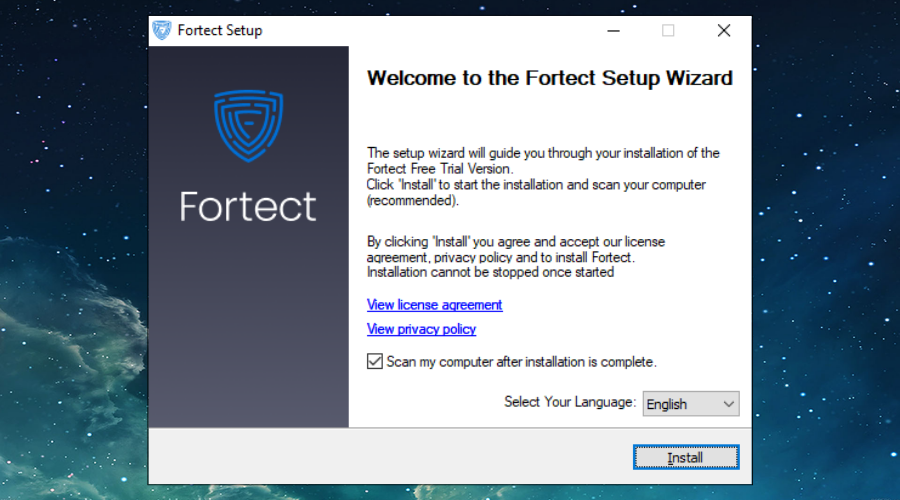
2. Launch Fortect and Start Scanning. It will perform a system-wide analysis, checking for issues in the Windows registry and corrupted system files related to ntoskrnl.exe BSoD problems. It quickly identifies issues by comparing your system to its repository of healthy Windows components.
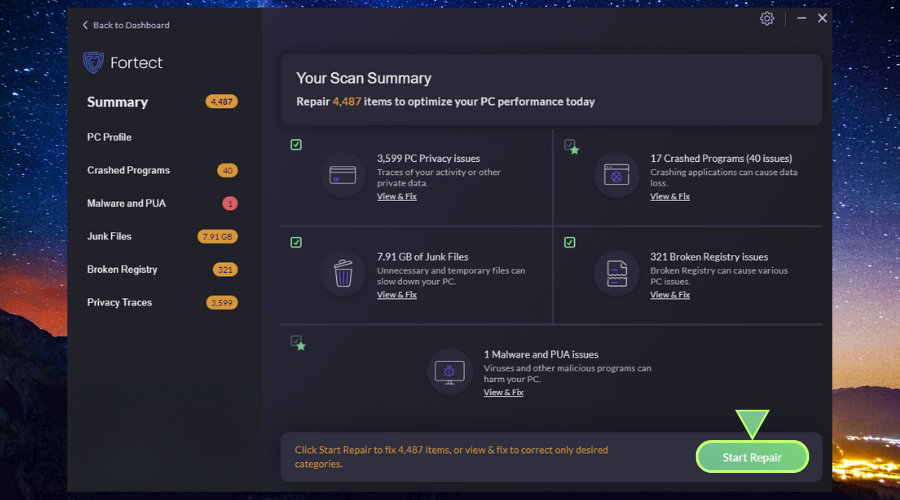
3. Click on Start Repair to replace any damaged files with clean versions from Fortect.
4. Restart your computer after the repair and scan process is complete.
Conclusion
A Blue Screen of Death is not just a minor inconvenience, as it can disrupt your workflow and lead to potential data loss. Fortect offers a comprehensive solution to diagnose and fix BSoD issues like ntoskrnl.exe Boot Camp errors, ensuring your system’s stability without compromising your data.




